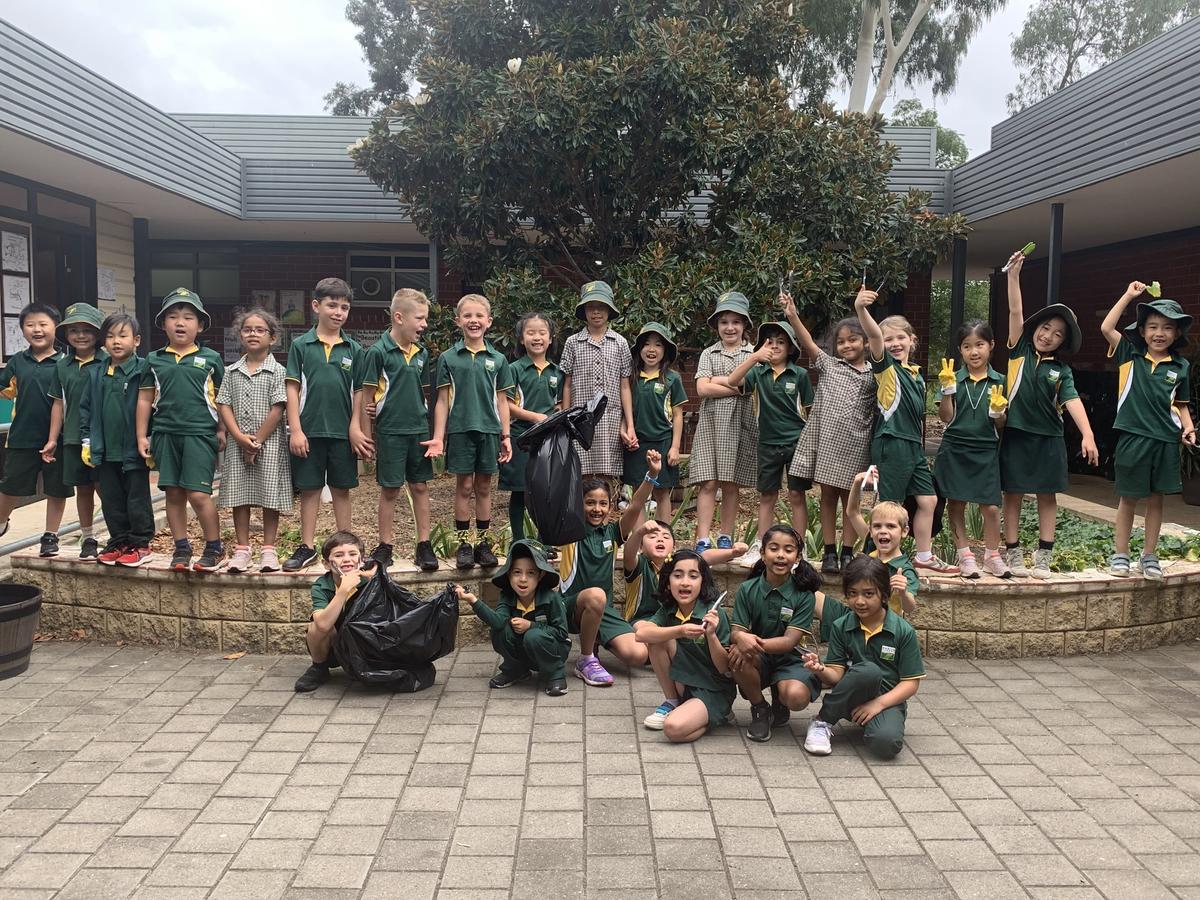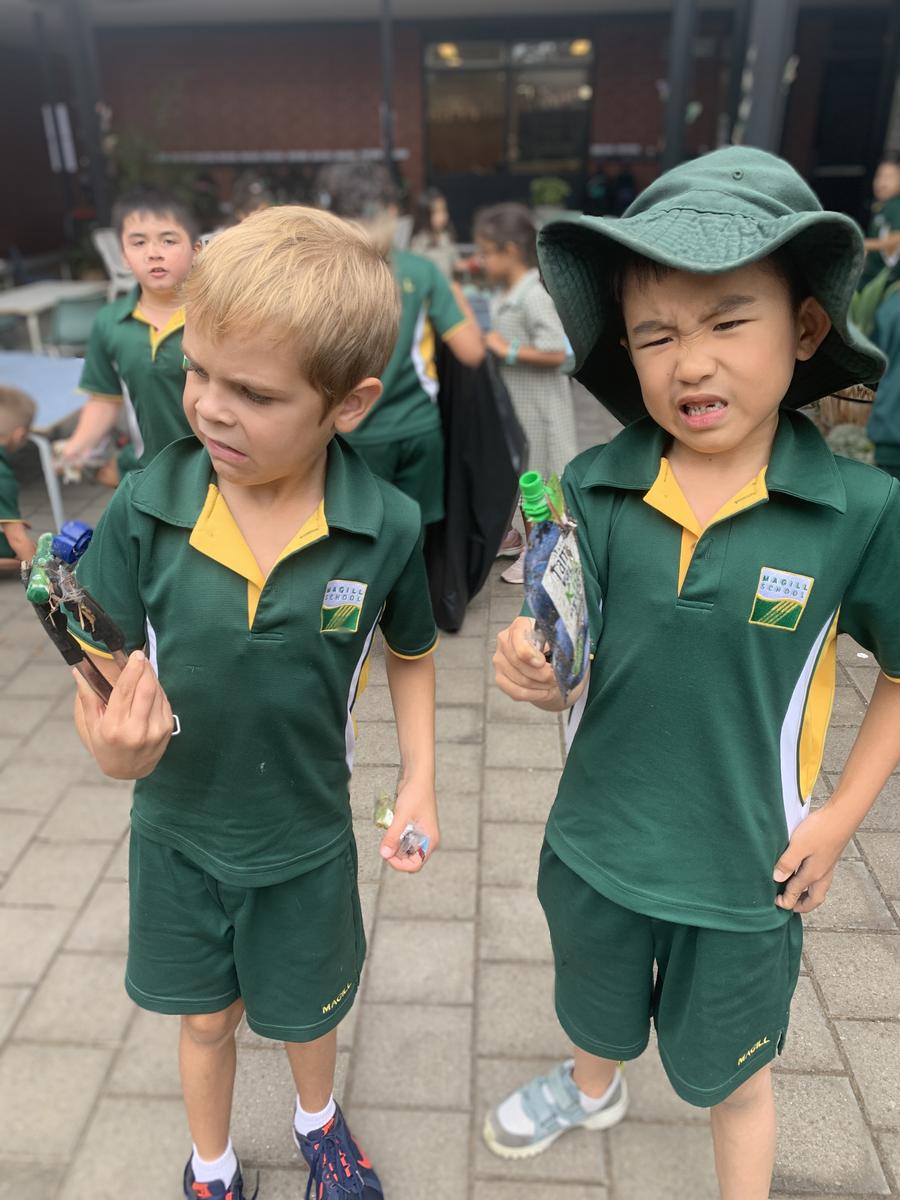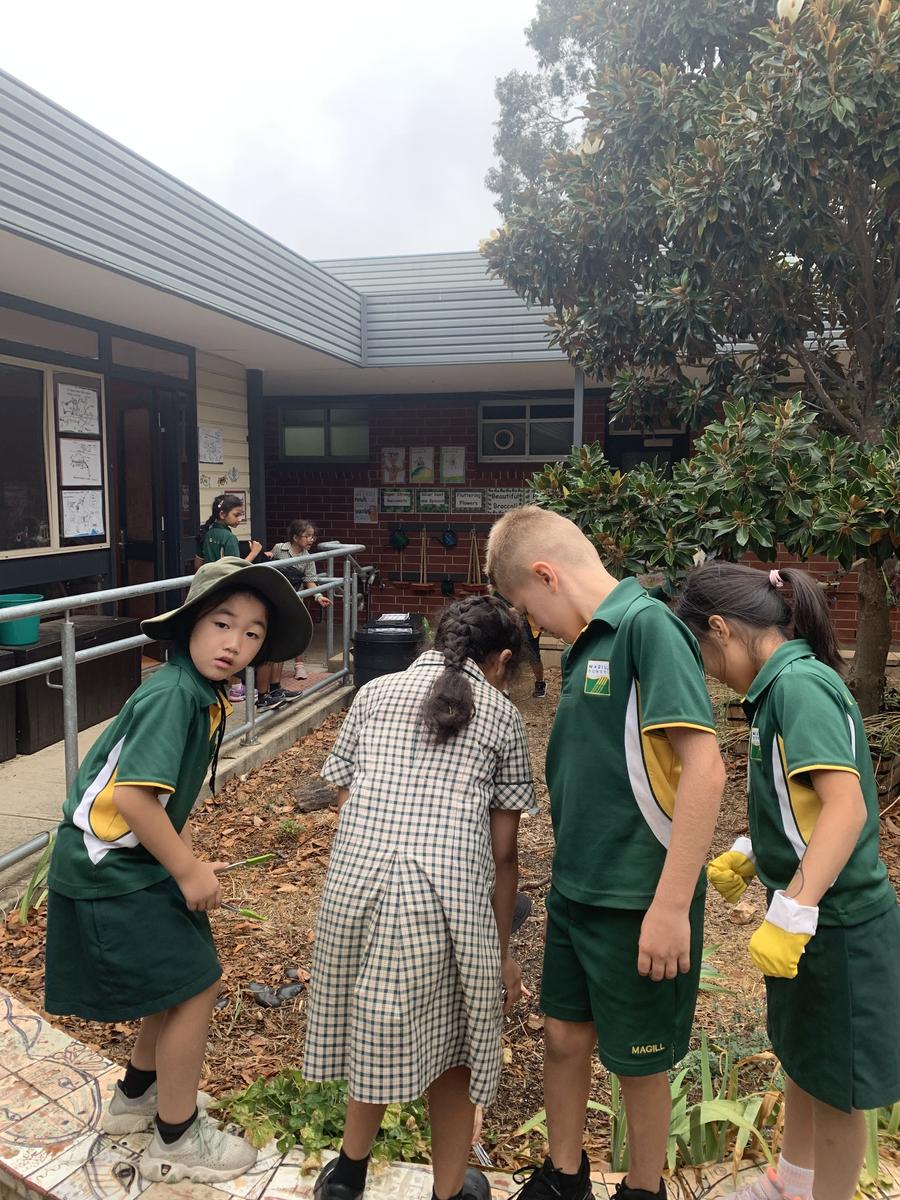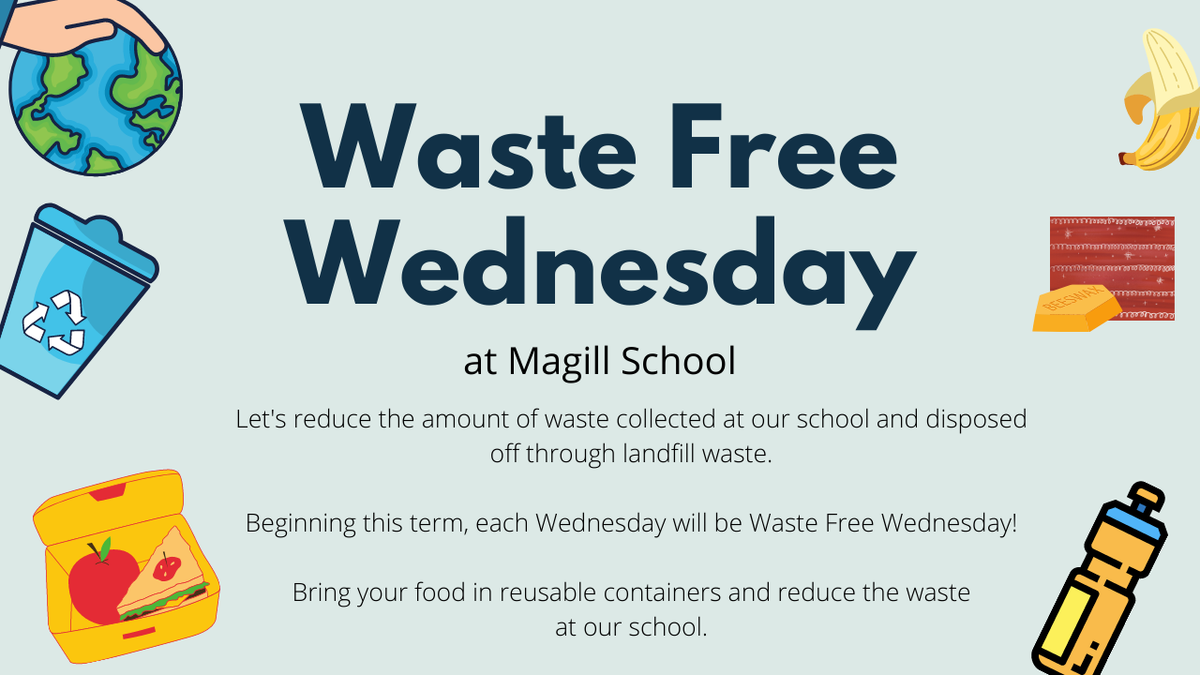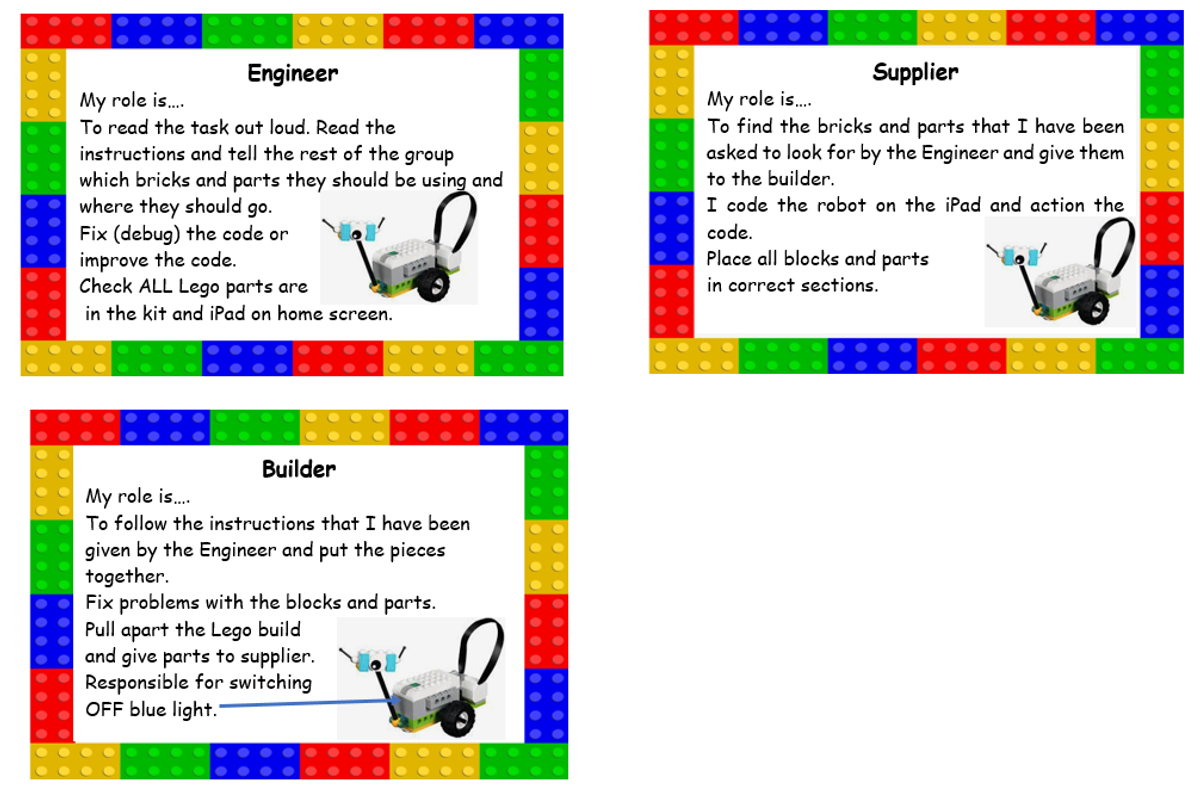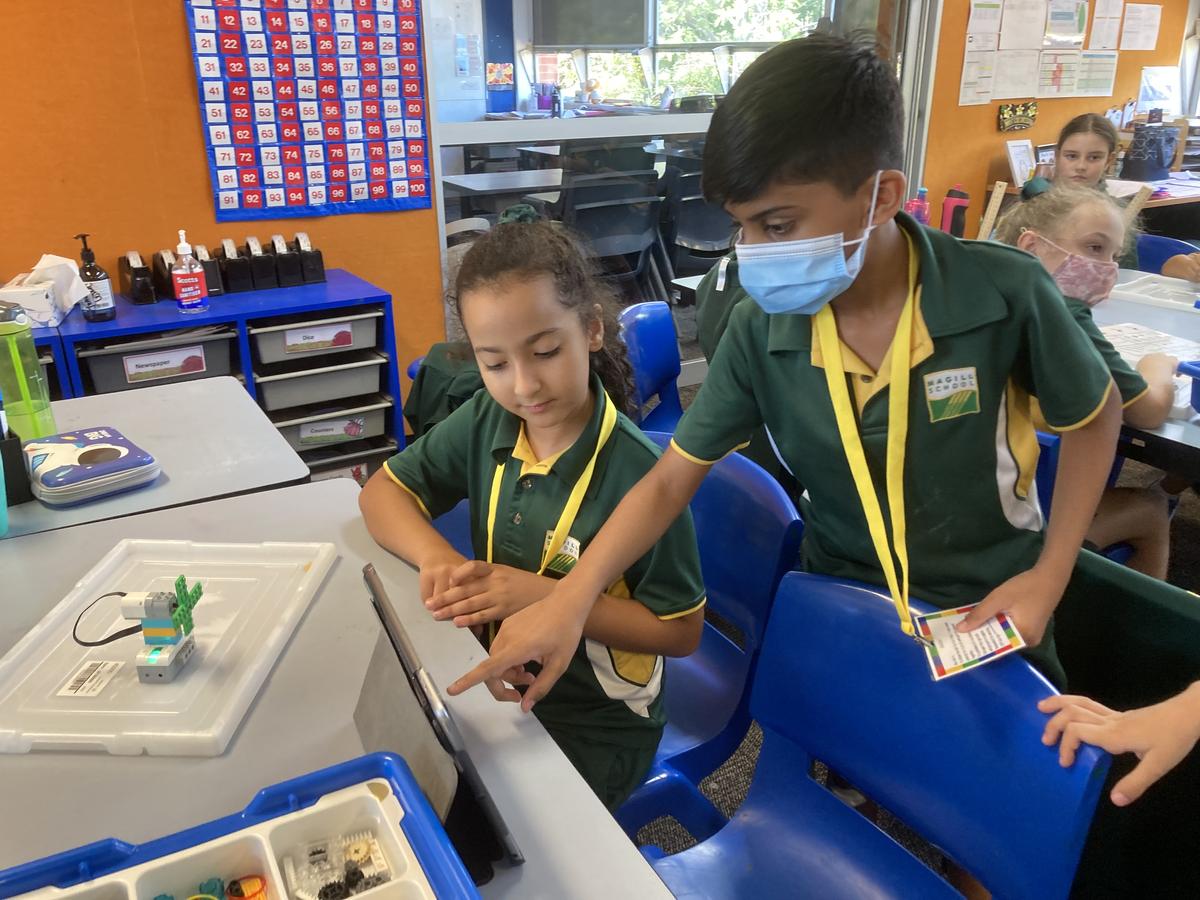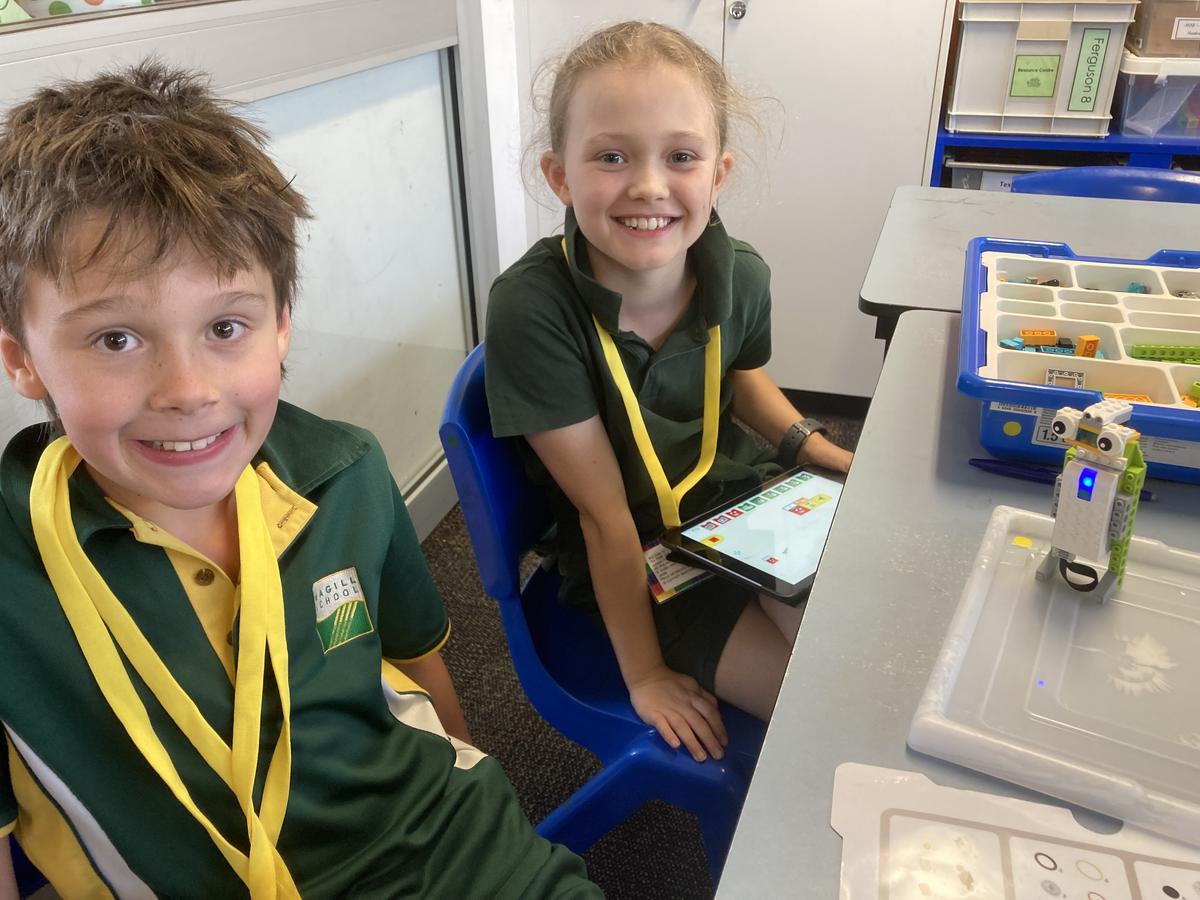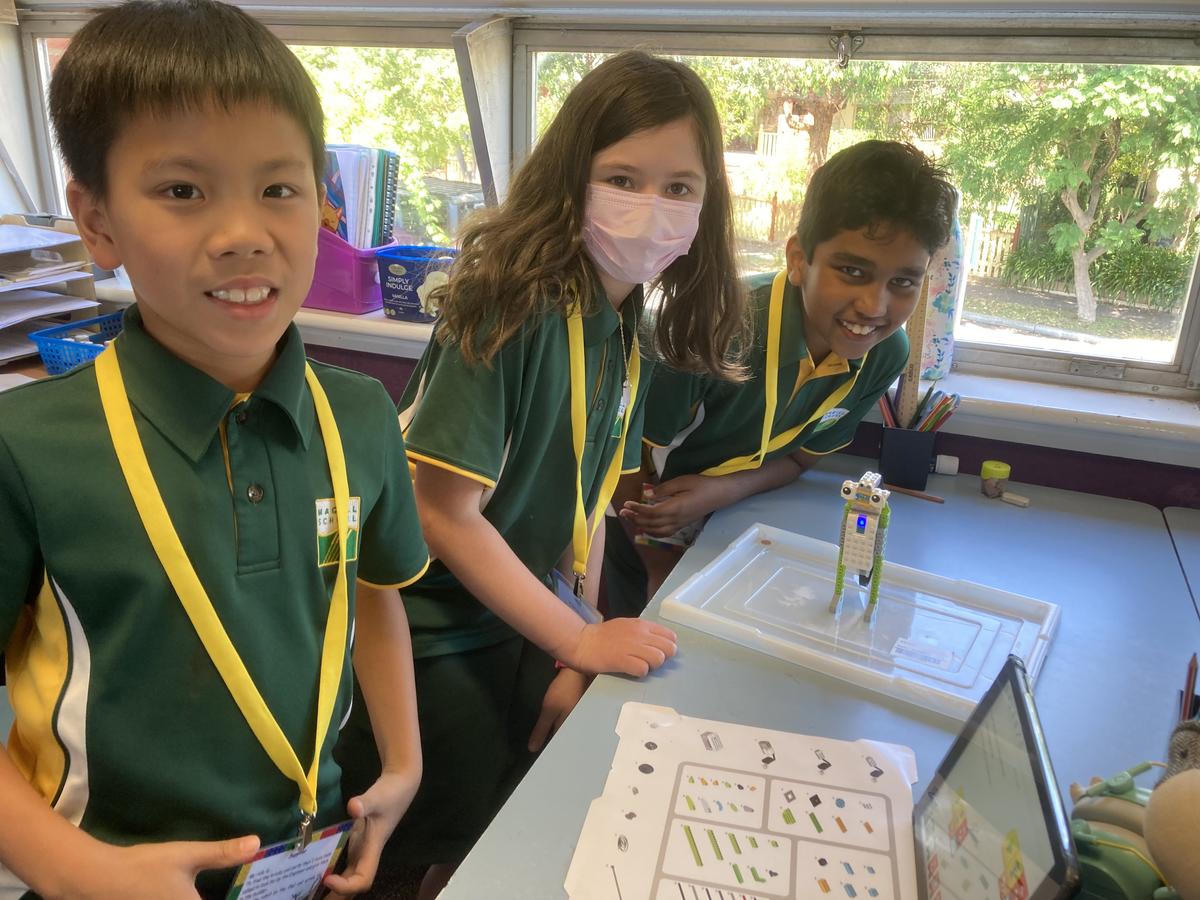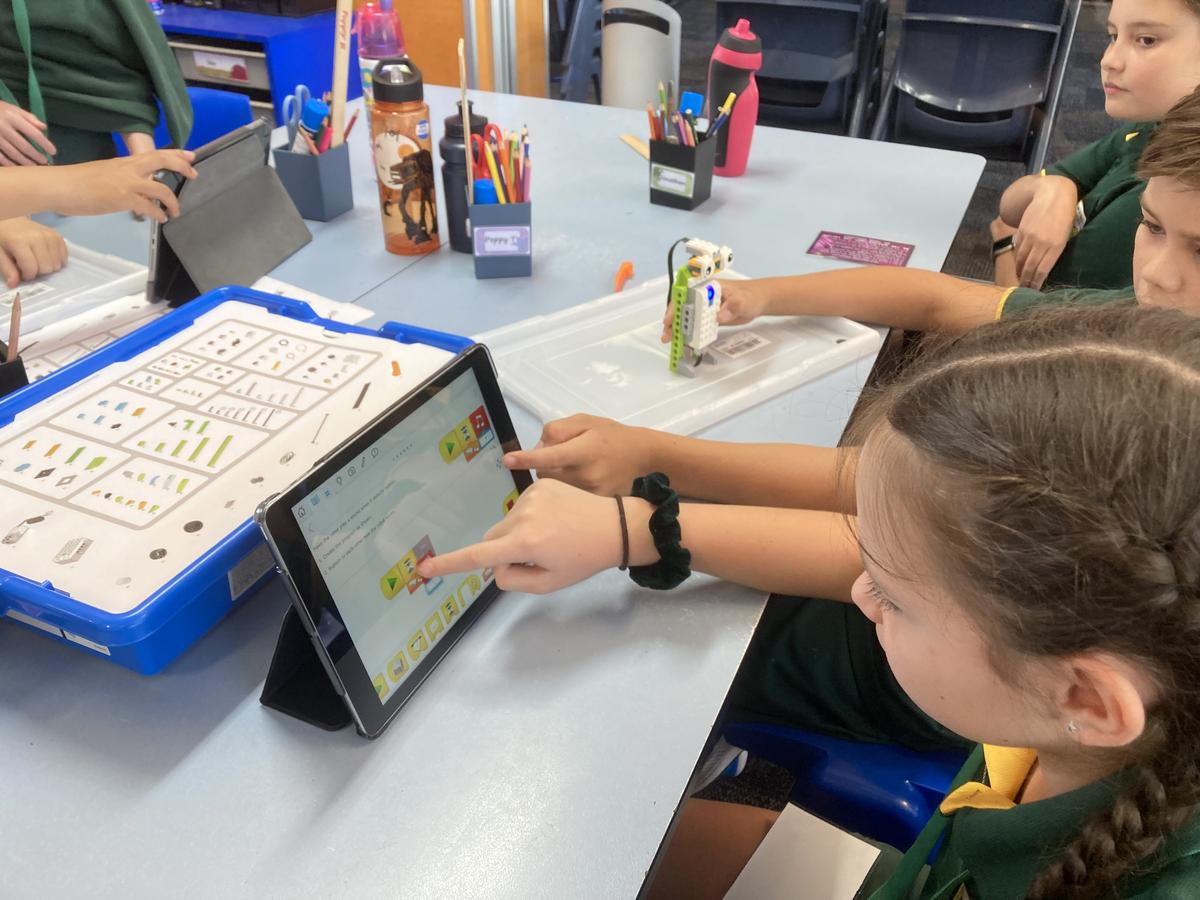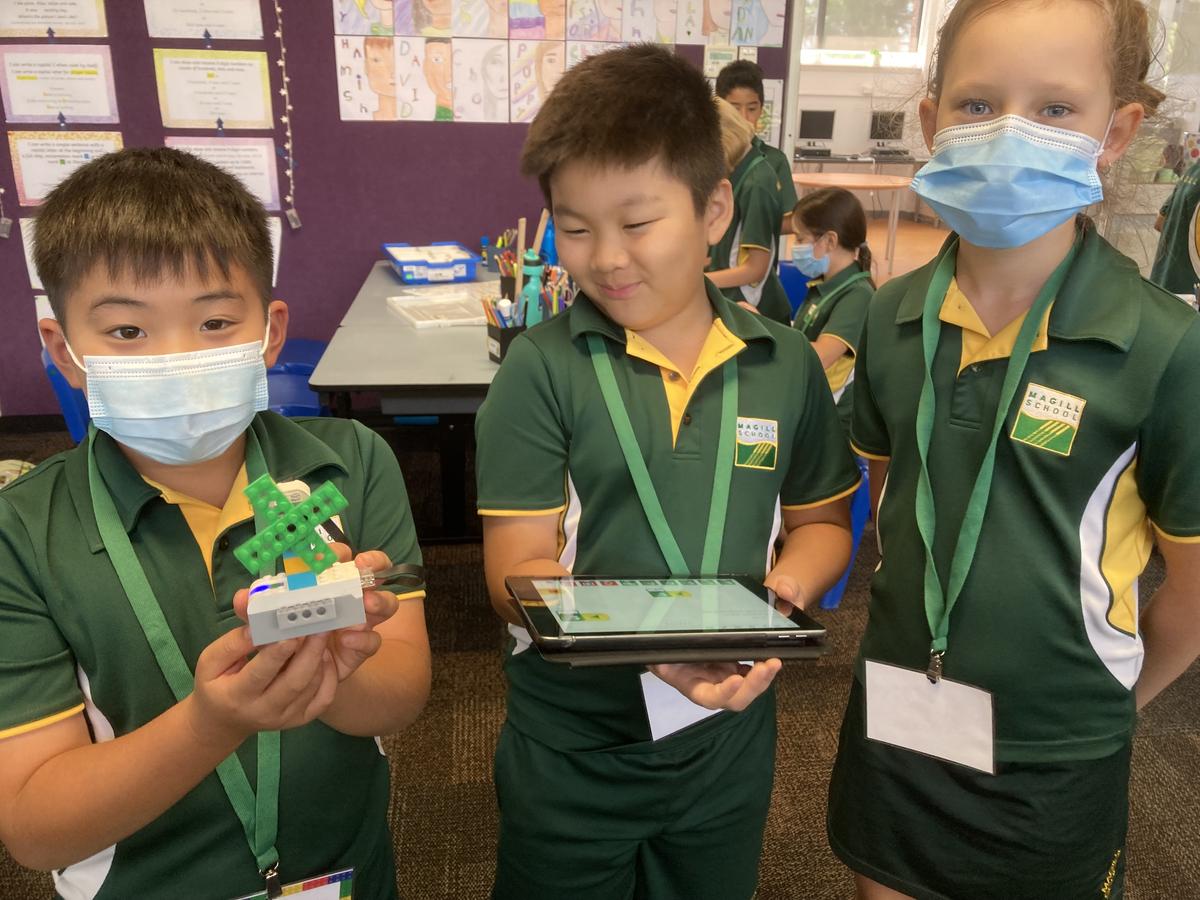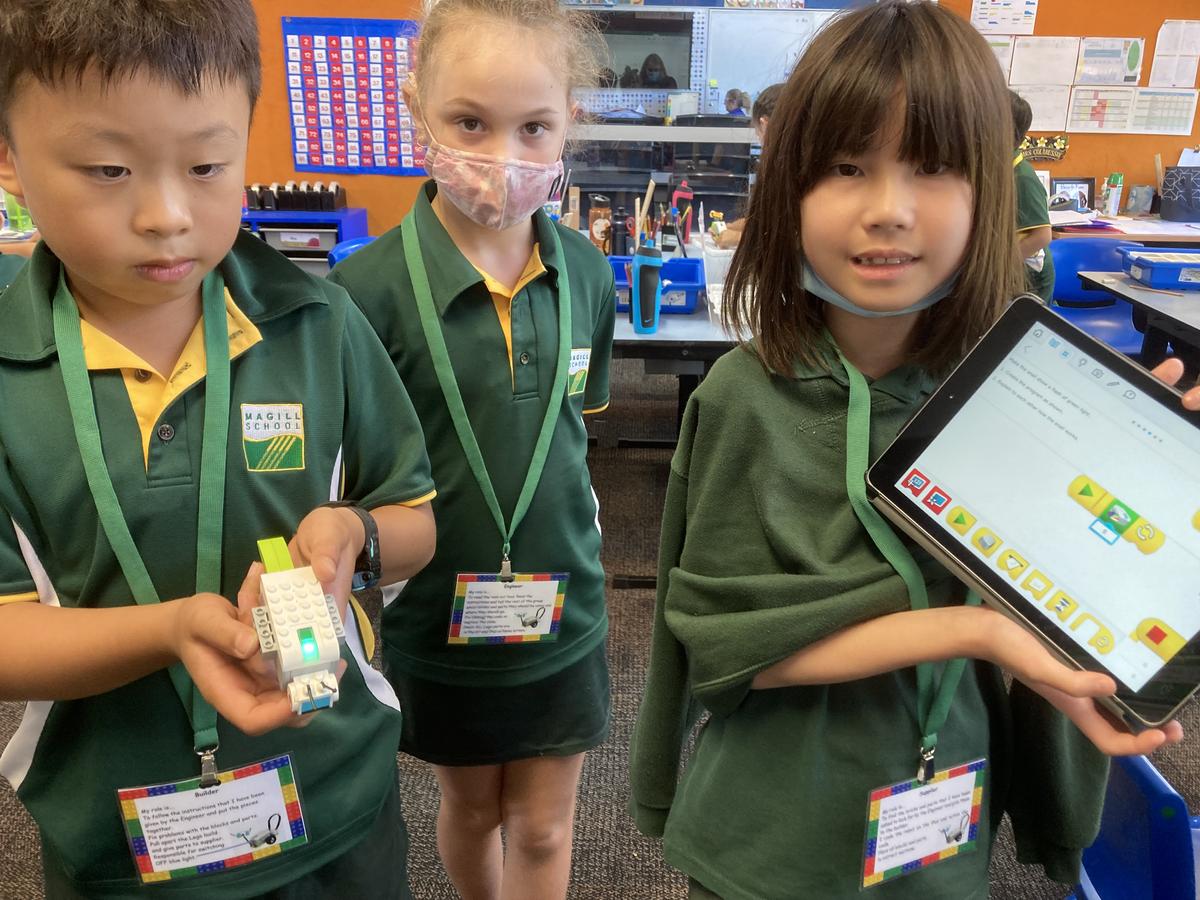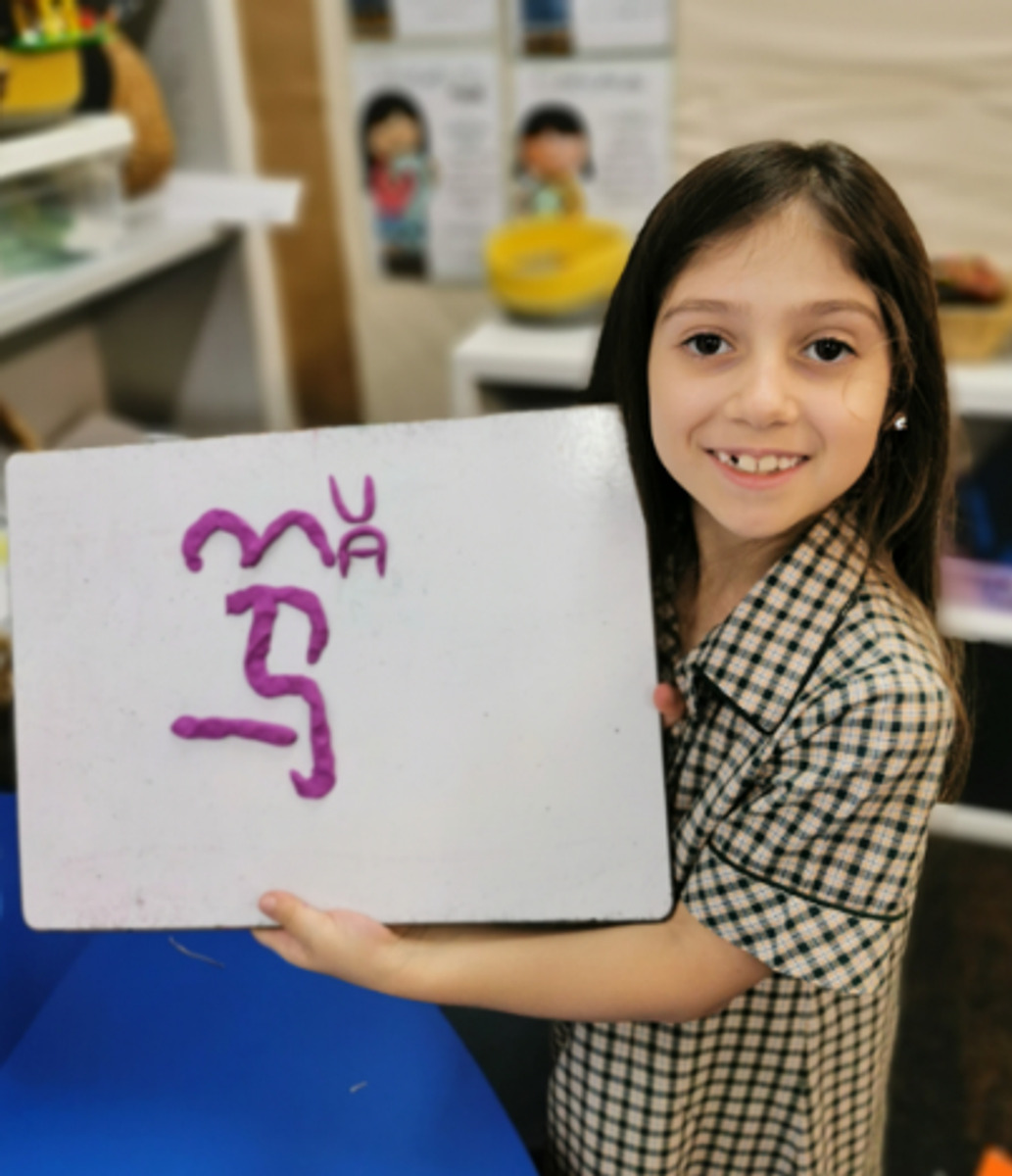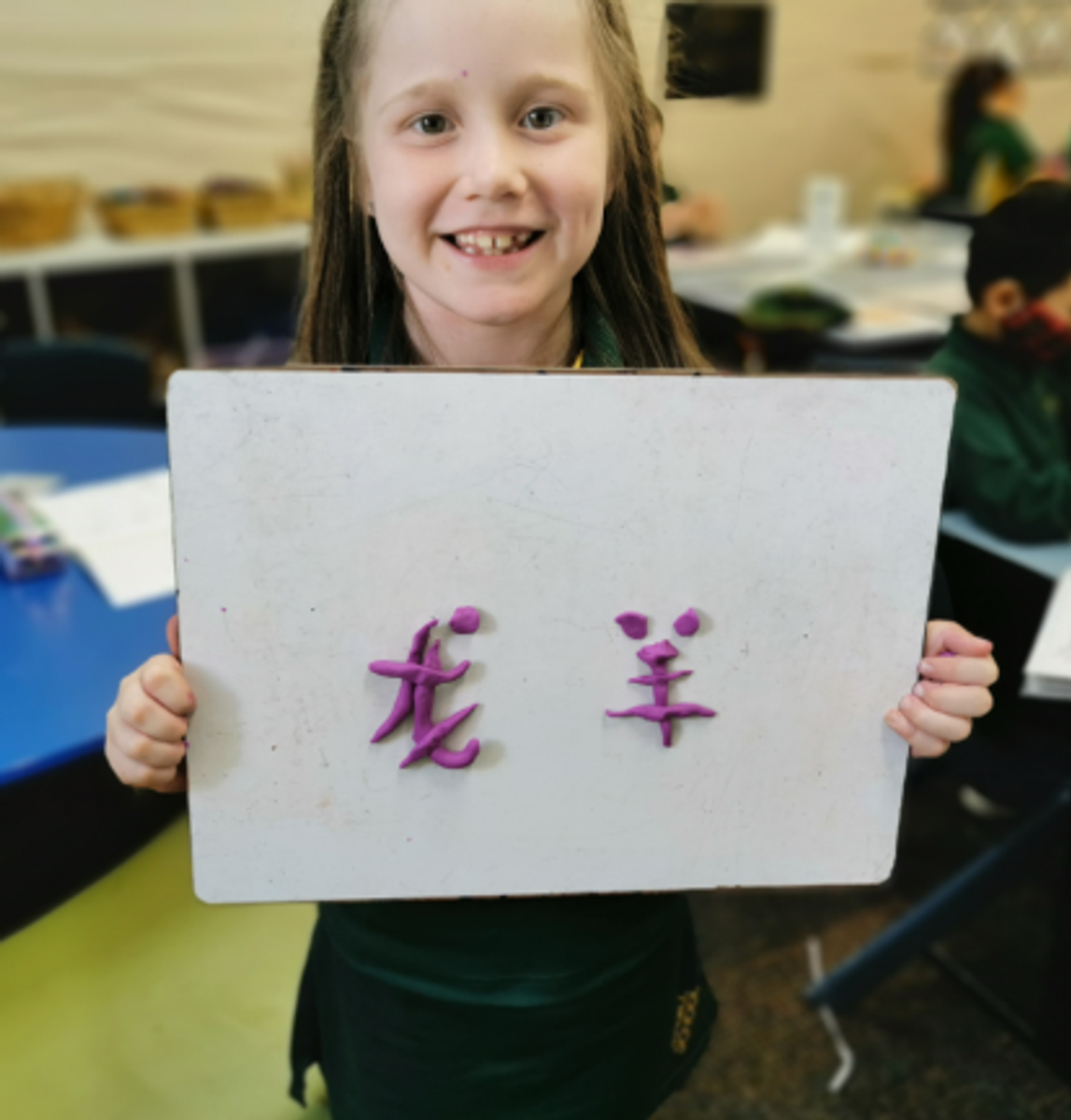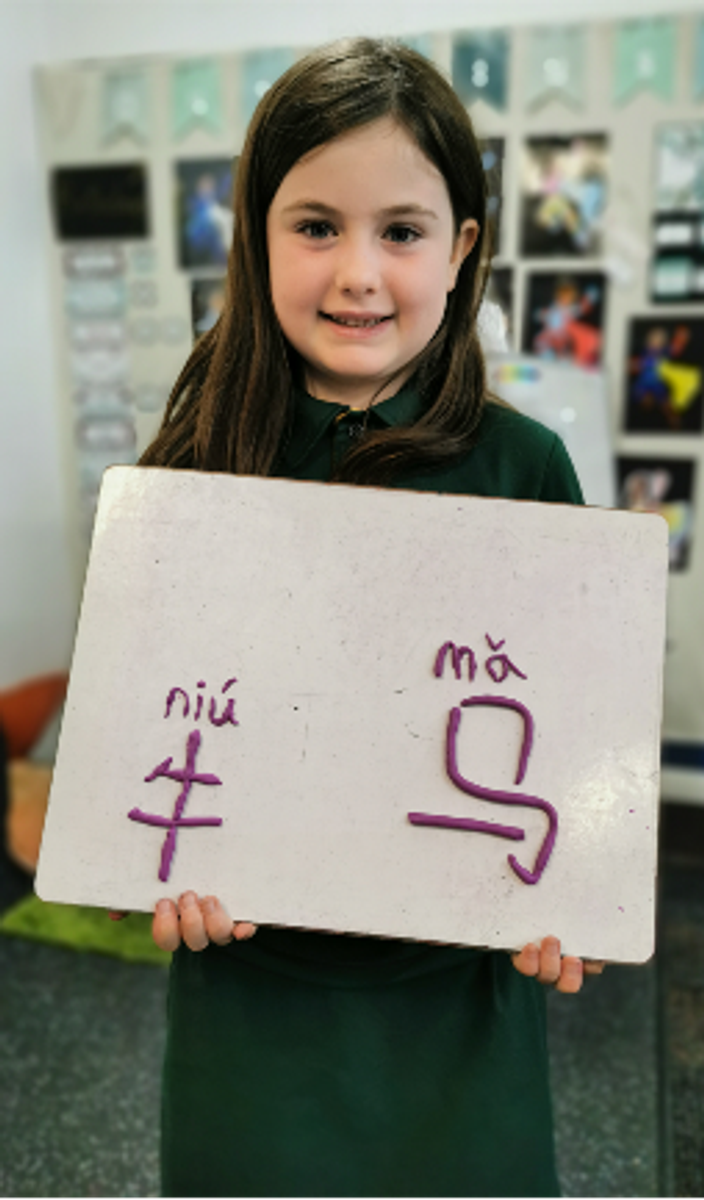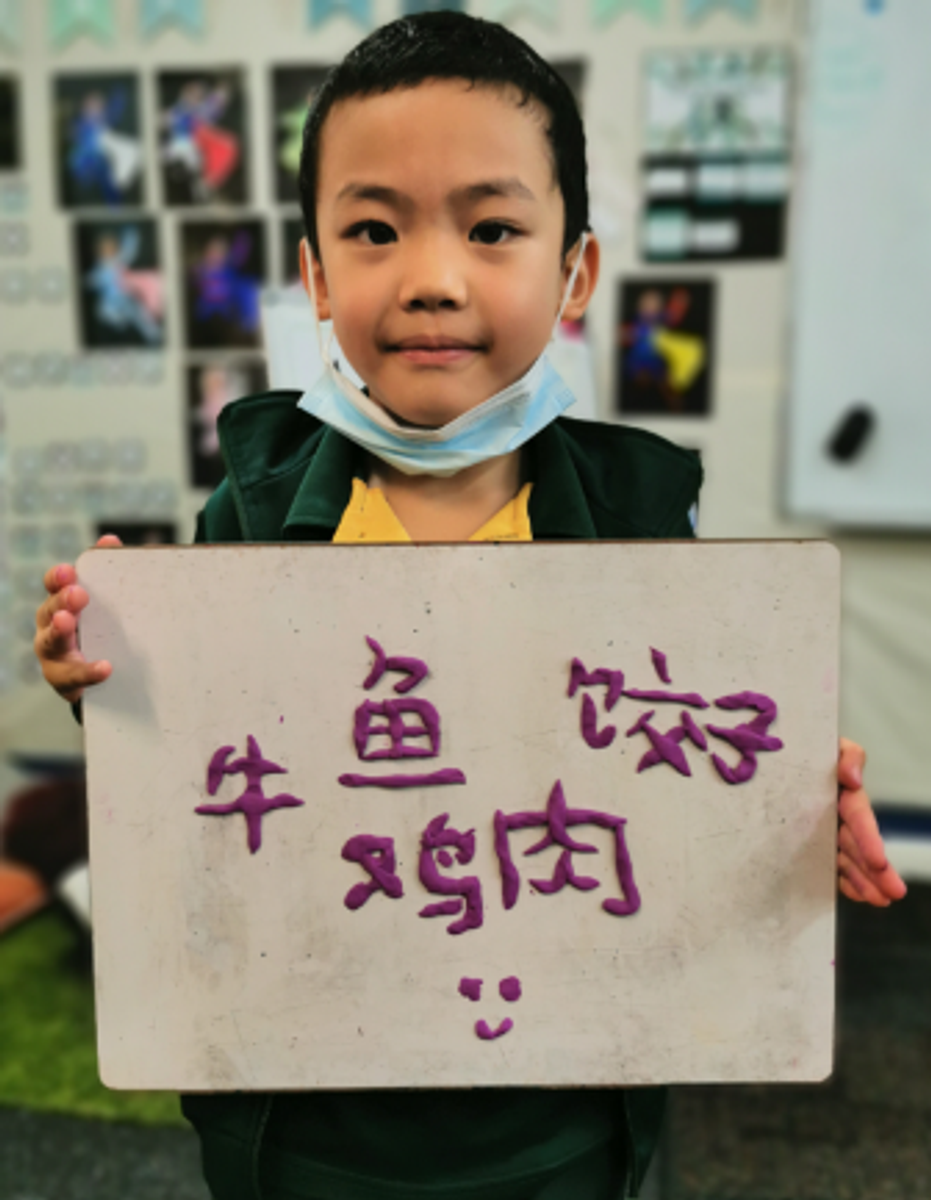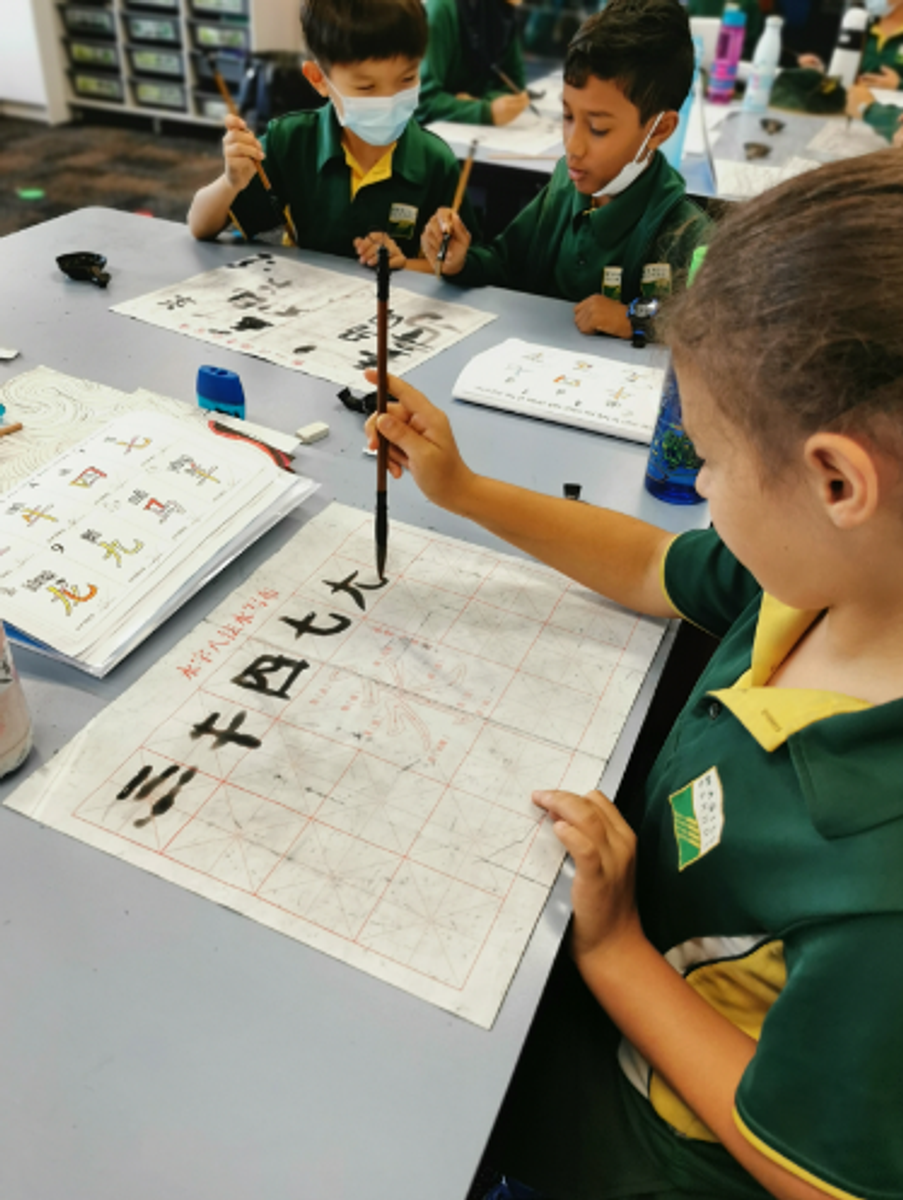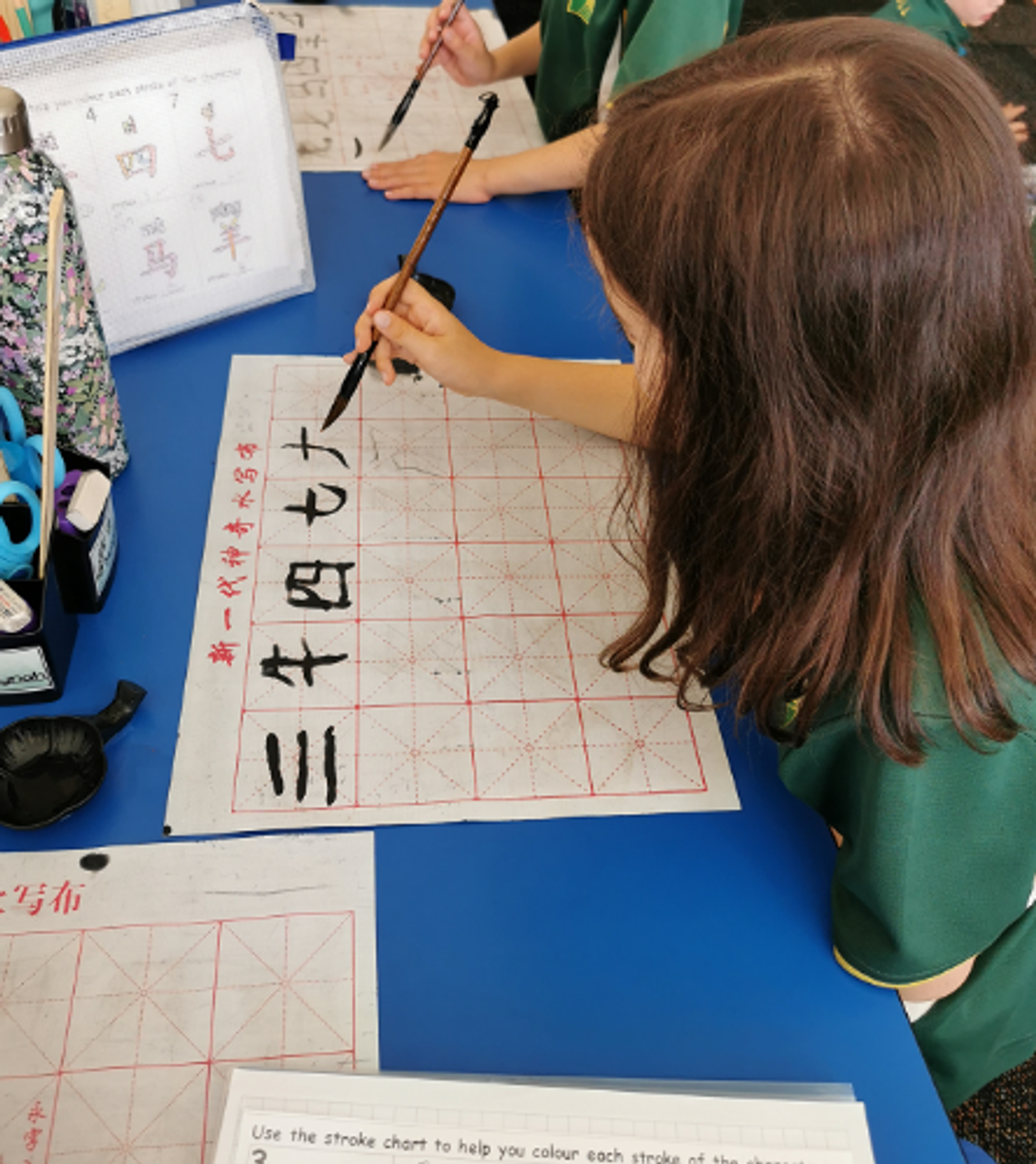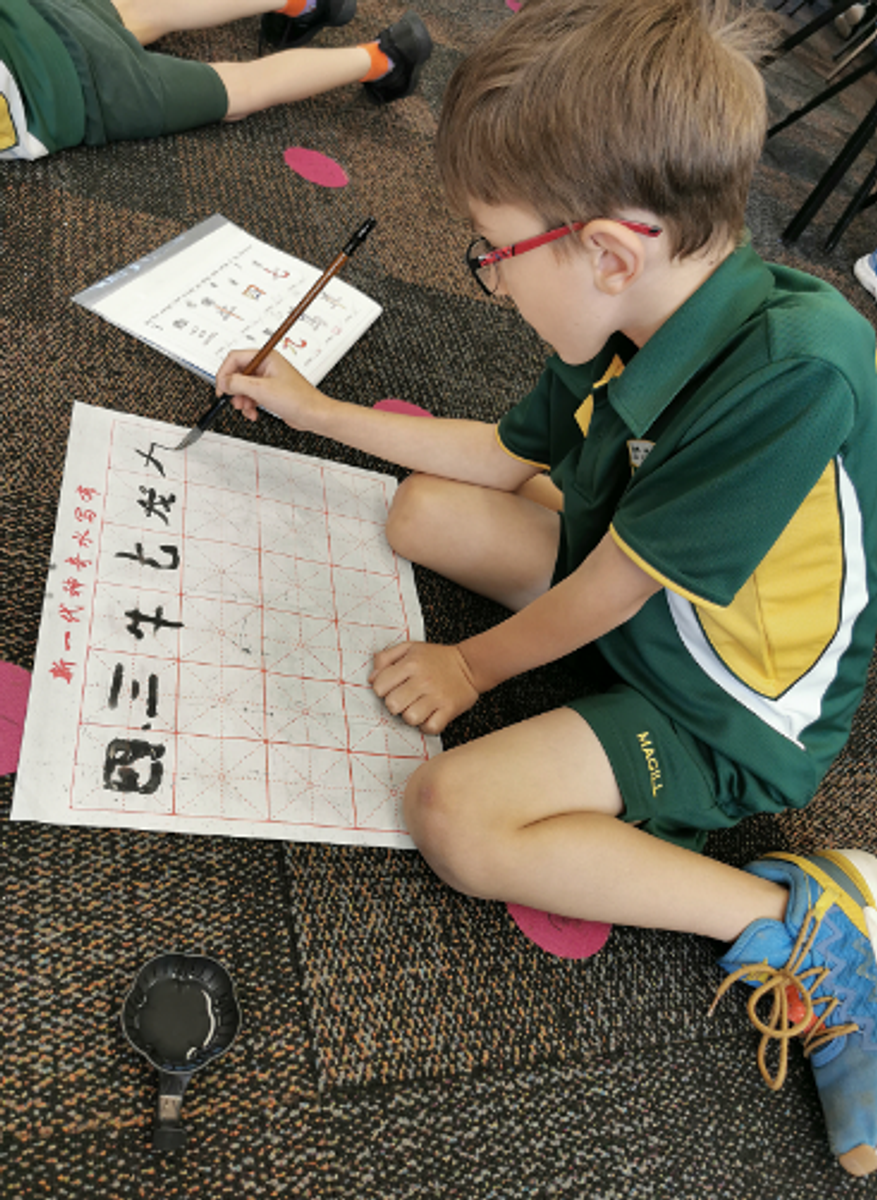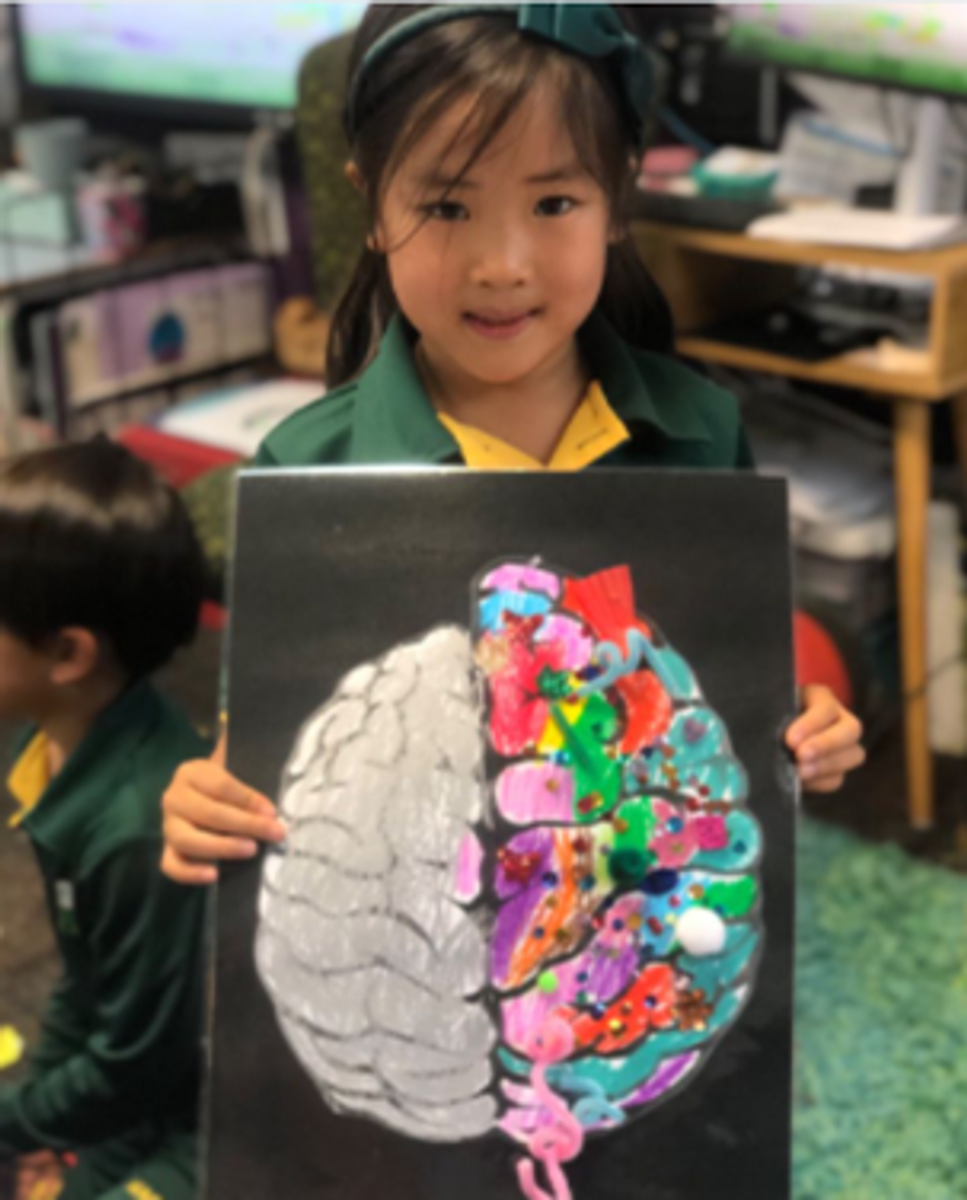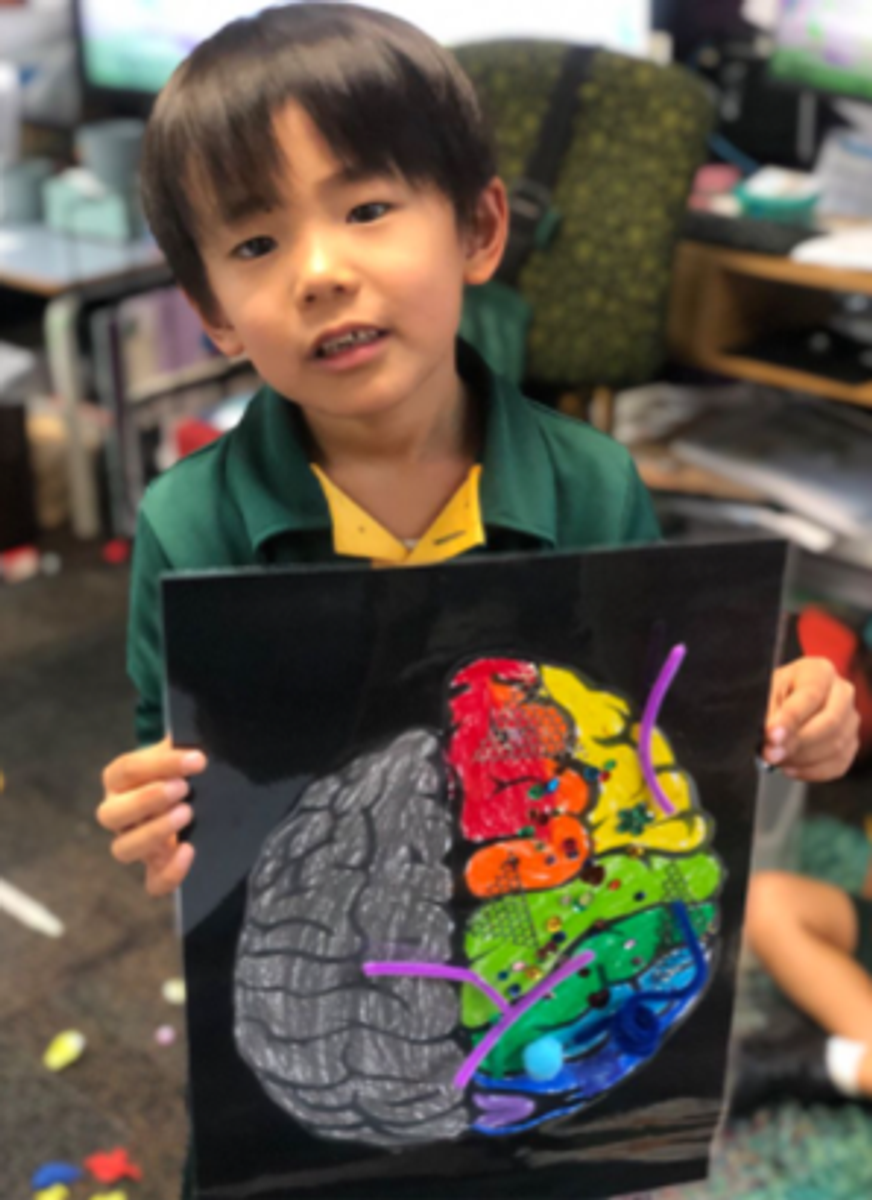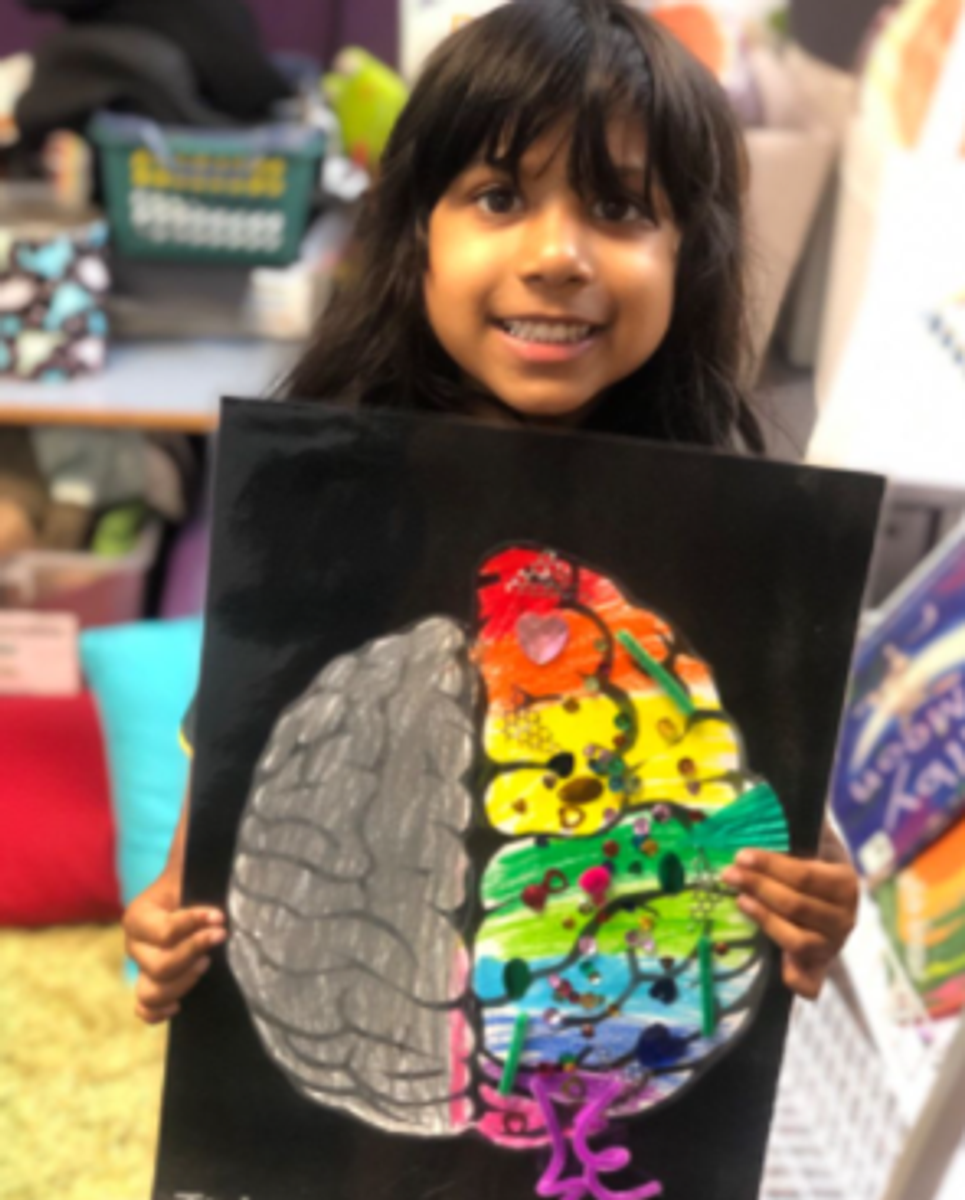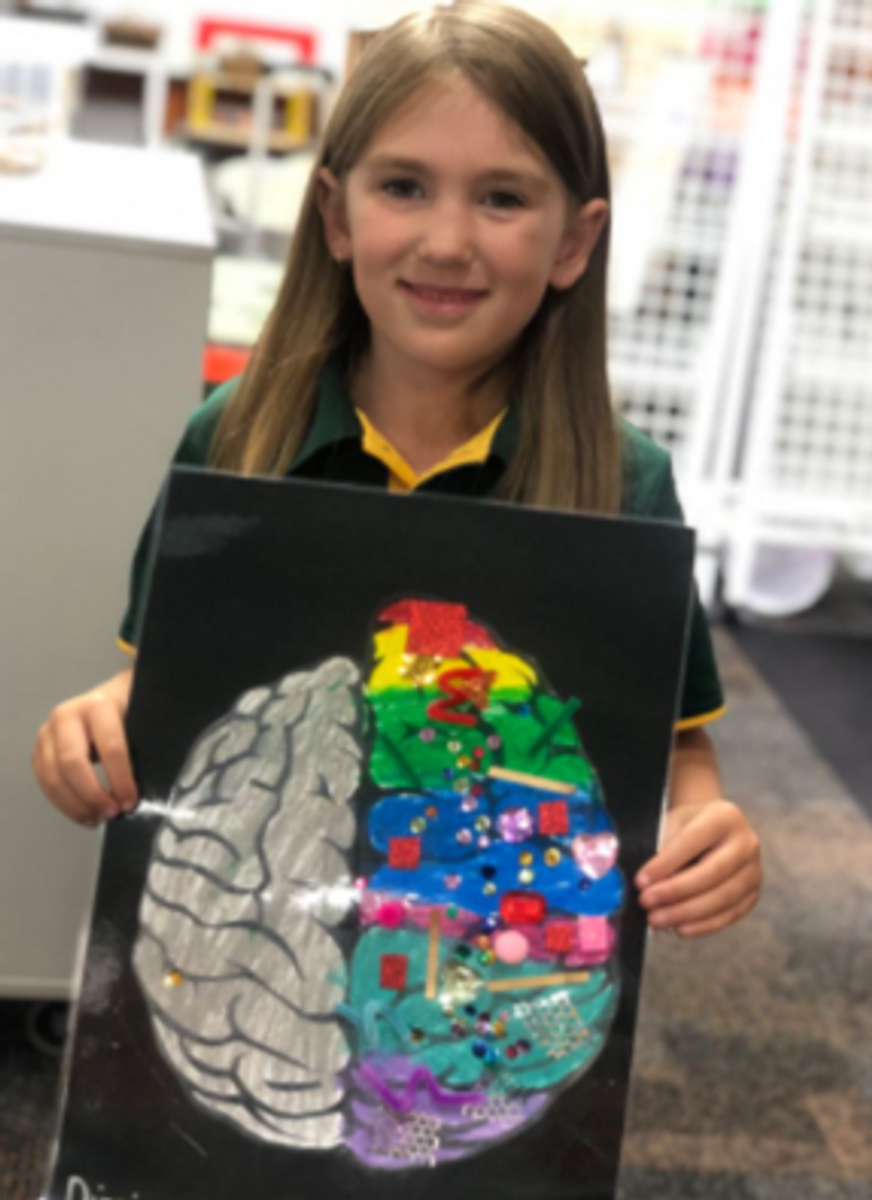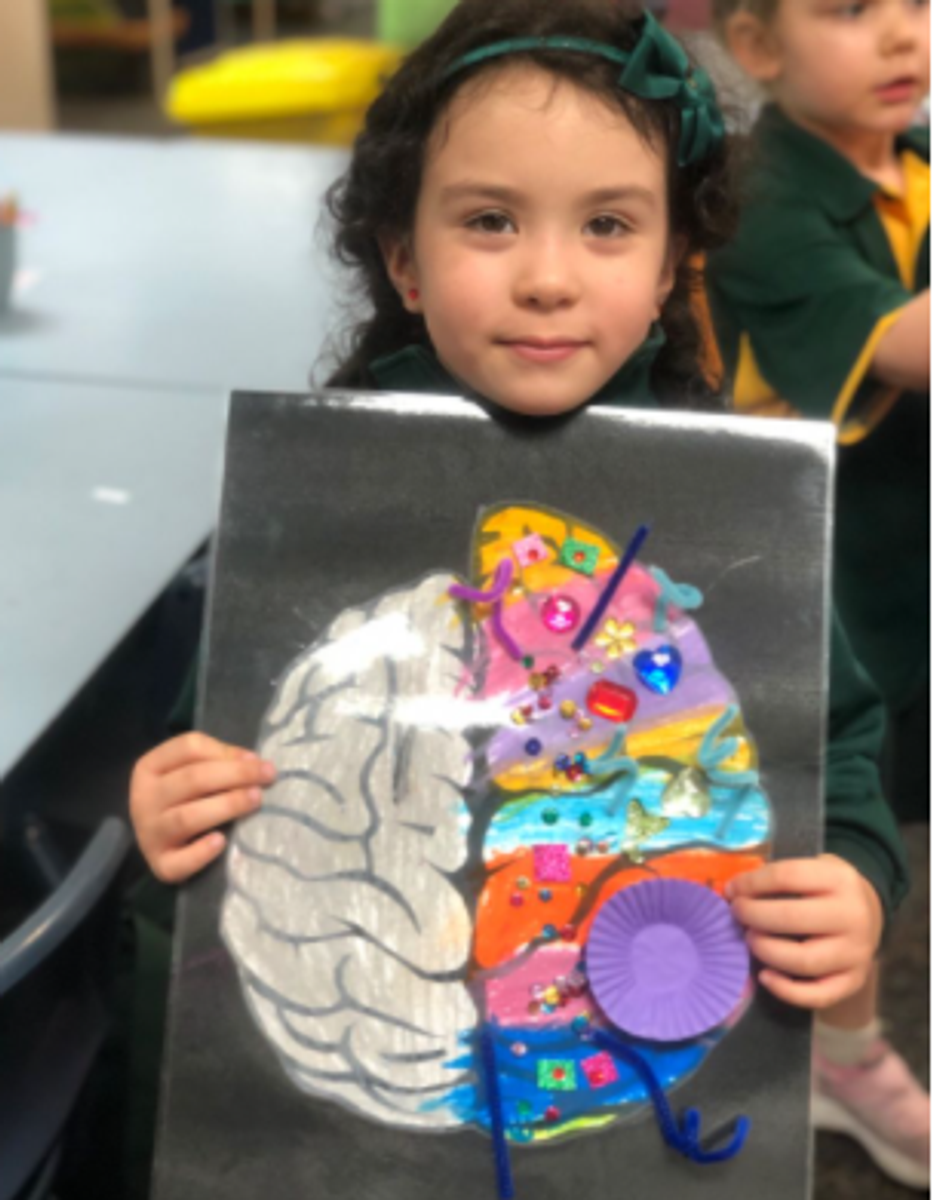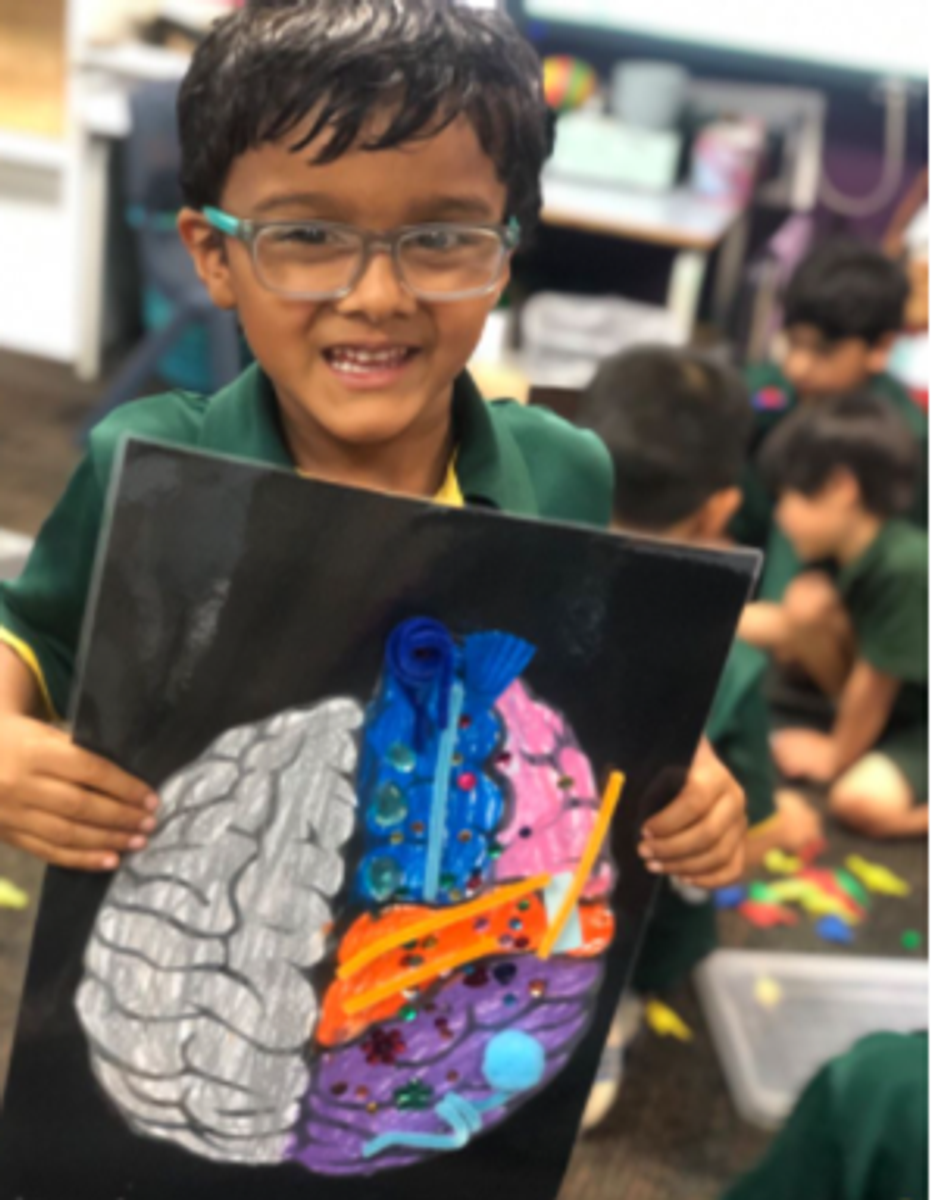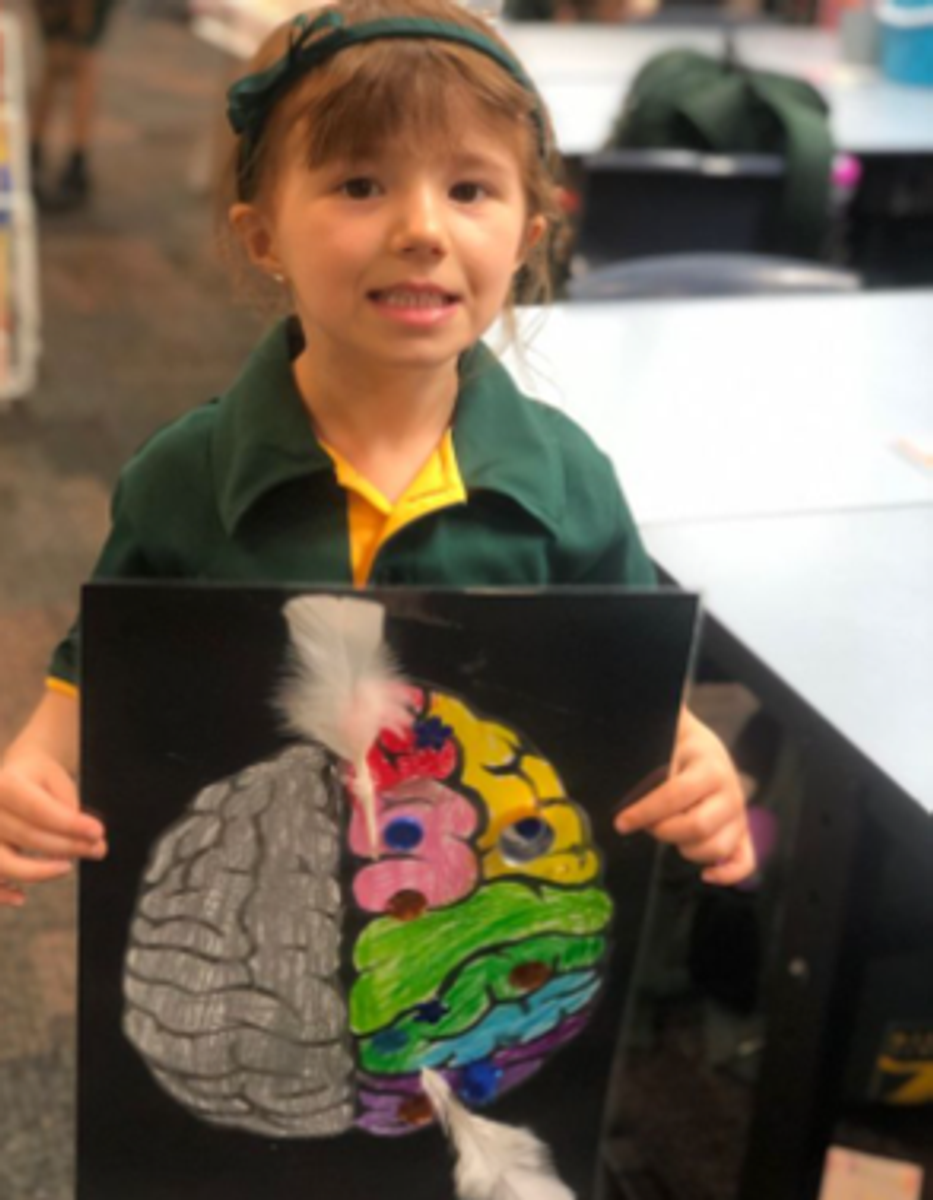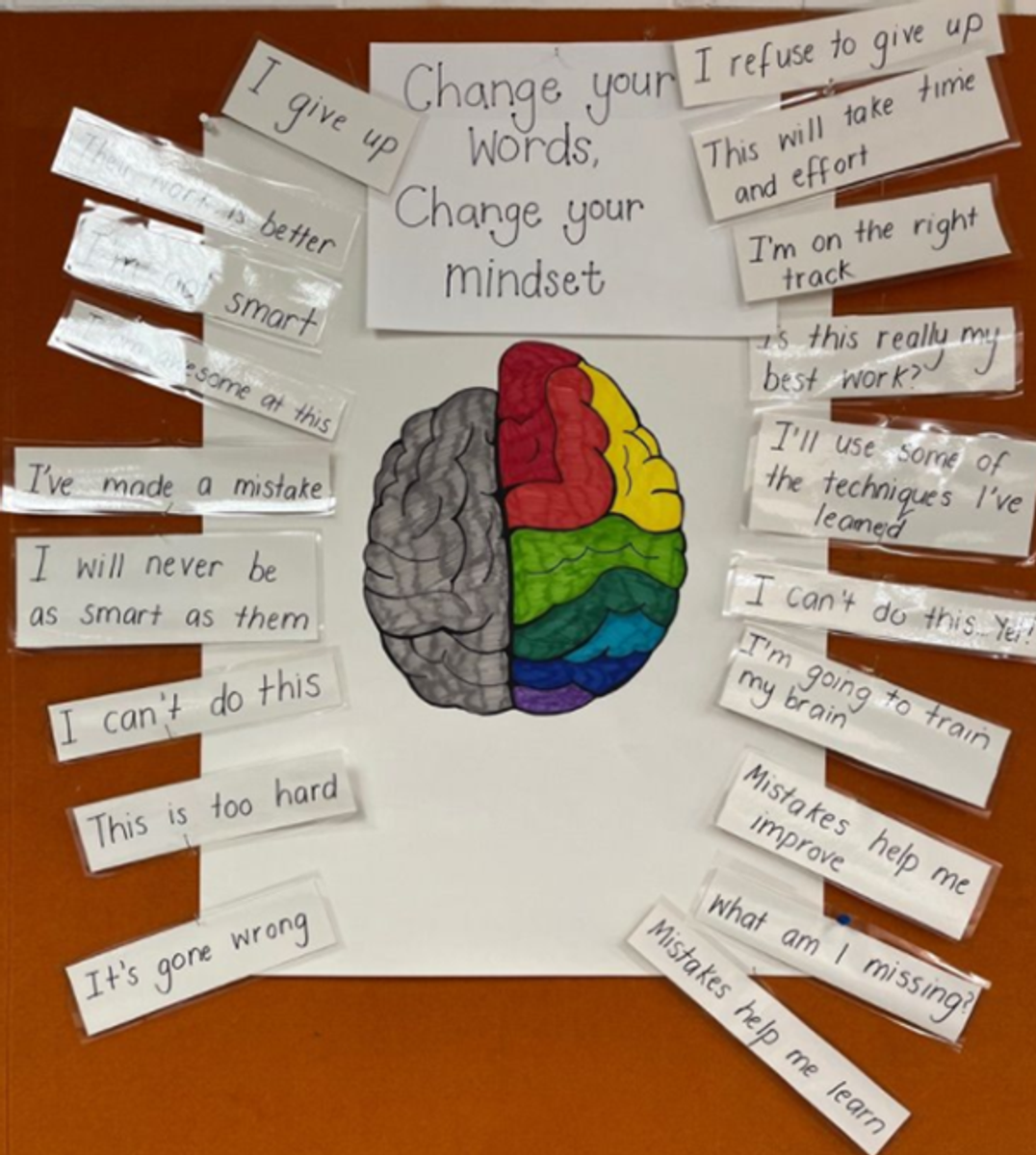Student Learning
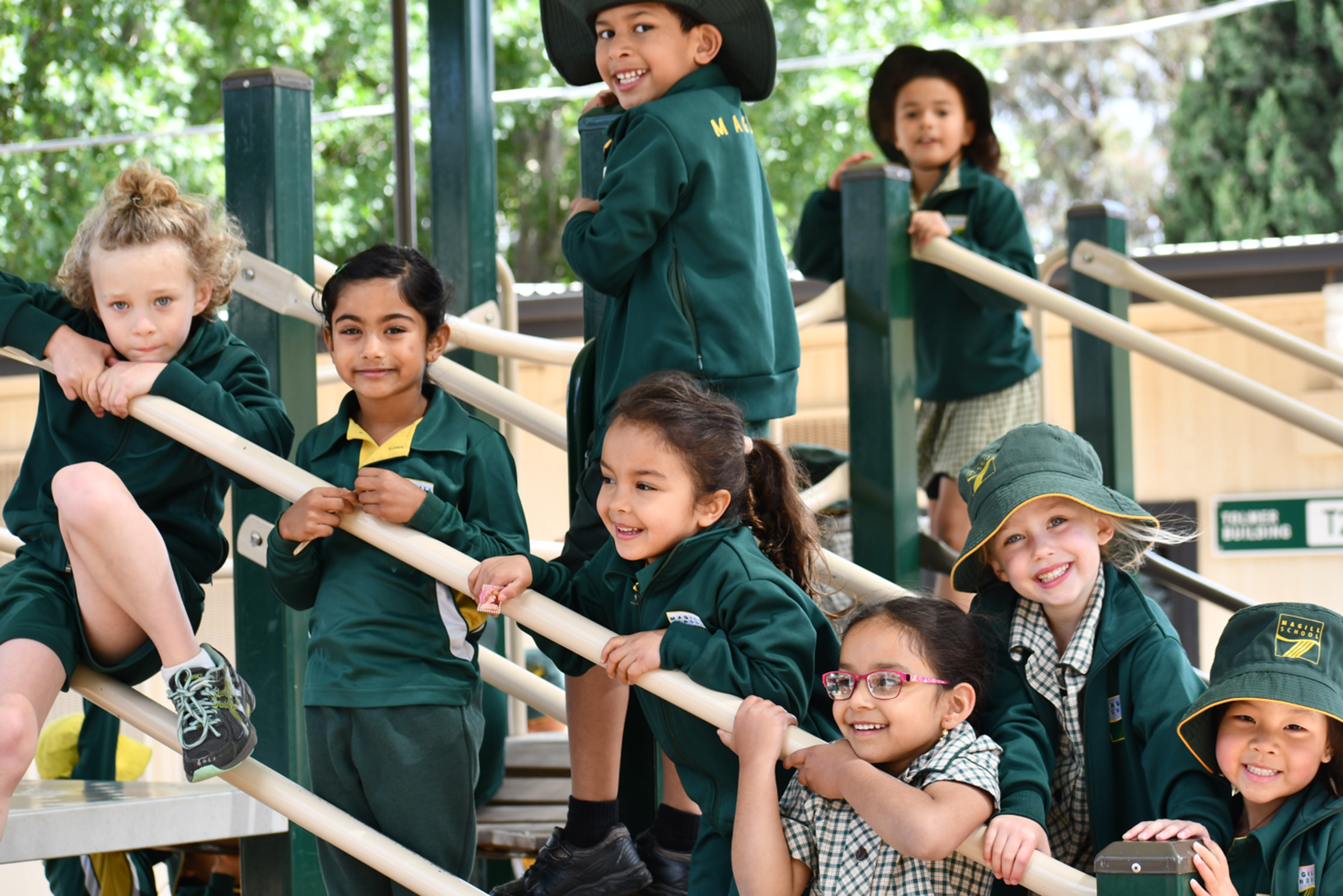
National Schools Clean Up Australia Day
On Friday 4th March, our school participated in the National Schools Clean Up Australia Day. Each class grabbed their gloves, buckets, tongs and garbage bags to rid their yard clean up area of nasty rubbish lying around.
It was wonderful to see all the students out gathering rubbish and cleaning our school grounds. But the BIG question is - Why is our school yard so dirty? Classes worked collaboratively to brainstorm how we can reduce the amount of rubbish in our yard. Some great suggestions were made such as; reducing the amount of packaging that students bring each day and the simplest of all solutions - making sure rubbish goes in the bin and not on the ground.
To help promote these ideas and keep our school clean and beautiful we are implementing Waste Free Wednesday - to encourage students to bring re-usable containers and reduce the single use throw away plastic that comes to school each day.
You might have also seen our bright rubbish bin stickers. These were designed by students last year and promote our message to put your rubbish in the bin. We're increasing the amount of bins in our yard and trying different ways to make sure our rubbish doesn't fly out of the bin once it's been put in there.
We're working on a number of different ways to reduce the rubbish in our school yard - and you can help us by reducing the amount of single use plastic that comes to school each day.
LEGO Robotics in F8
LEGO Robotics has commenced in F8 this term. LEGO® WeDo 2.0 makes science and digital technologies come to life through hands-on tasks, real-world projects, and relevant technology that engages students. LEGO WeDo 2.0 empowers students to ask questions, define problems, and design their own solutions by putting scientific discovery in their hands.
Student Reflections:
“The best part of Lego WeDo was that we could work together and have fun while coding and building.” Louis
“The best part of Lego WeDo is that it moves. We enjoyed building the Milo robot.” Long
“Our group improved the projects by adding more code and checking what was wrong with the code.” Aidan
“We found the coding challenging because it was hard to figure out what the coding blocks did and fixing the code when it did not work.” India
“The strategies we used were: helping each other with the coding, following our roles cards so we didn’t argue and if the supplier couldn’t find a block the engineer would help.” Isla
“The strategies we used were: going back and seeing what we did wrong and fixing it, using our role cards and debugging the code.” Mim
CHINESE
In Chinese, Year 2 students are learning Chinese New Year Celebration and exploring the legend story of the Chinese Zodiac, in which the twelve animals received their order in the cycle. They have learned to name the Zodiac in Chinese and use the plasticine to make the characters.
Year 3 & 4 students are learning how Chinese characters are formed and how to write the characters with appropriate stroke orders and direction. They also learned to use a Calligraphy brush to practise writing Chinese Characters in class.
Change Your Words, Change Your Brain by P2
P2 have been discovering how we can stretch our brain and learn new things even when it can be difficult. We’ve also been learning about the 3 parts of the brain that we use –
The Amygadla, The Pre Frontal Cortex, and the Hippocampus with Mrs Teumohenga.
Instead of saying
“I give up.” ………………….say…….. “I refuse to give up!”
Instead of saying
“I can’t do this” …………..say….…… “I can’t do this yet!”
Instead of saying
“I’ve made a mistake” …………..say ……… “Mistakes help me improve and learn!”
Instead of saying
“This is too hard” …………..say… …… “This will take time and effort!”

